Looking to create beautiful, functional home decor that doubles as the perfect handmade gift?
Resin coasters are your answer!
These customizable drink holders not only protect your furniture but also showcase your creativity through colors, patterns, and embedded items like dried flowers or photos.
You don't need artistic talent - just the right materials and techniques. Whether you're a complete beginner or looking to refine your skills, this guide will walk you through creating stunning resin coasters from start to finish.
Keep reading to discover how easy and rewarding this craft can be!
Materials You'll Need for Making Resin Coasters
Before starting your resin coaster project, gather these essential supplies:
- Epoxy resin and hardener (specifically formulated for crafts)
- Silicone coaster molds (round, square, or hexagonal shapes work great)
- Measuring cups and stir sticks
- Nitrile gloves to protect your hands
- Respirator mask for proper ventilation
- Decorative elements (dried flowers, glitter, alcohol inks, etc.)
- Heat gun or torch for removing bubbles
- Level work surface
- Plastic drop cloth to protect your workspace
- Thermometer (to ensure optimal room temperature)
- UV resin curing lamp (only if using UV resin instead of epoxy)
Resiners® 3-In-1 UV Light for Resin Curing
📌 Looking to get started with resin crafting? Check out our complete resin kits that include everything you need for your first coaster project!
Safety First: Working with Resin Properly
Working with resin requires caution. Always work in a well-ventilated area with open windows or fans. Epoxy resin releases fumes you shouldn't breathe in, so wear a proper respirator mask.
Protection Tips
- Wear nitrile gloves (not latex, as resin can seep through)
- Cover your work surface with a plastic sheet
- Wear clothes you don't mind getting messy
- Keep pets and children away from your workspace
- Have paper towels ready for spills
- Clean spills with rubbing alcohol before they harden
Basic Step-by-Step Resin Coaster Tutorial
1. Prepare Your Workspace and Materials
✅ Set up in a clean, dust-free area with good ventilation.
✅ Cover your work surface and make sure it's completely level - this is crucial for even coasters.
✅ Gather all materials before mixing resin, as you'll need to work quickly once mixed.
✅ Make sure your workspace temperature is between 70-75°F (21-24°C) for optimal resin curing - use a thermometer to check.
2. Measure and Mix Your Resin
✅ Read your resin's instructions carefully - while some require equal parts resin and hardener, many high-quality craft resins use different ratios (like 2:1 or 3:1).
✅ Always follow your specific manufacturer's instructions.
✅ Use separate cups to measure each component precisely, then combine in a third cup.
✅ Stir slowly for 3-5 minutes, scraping the sides and bottom of the cup. Improper mixing is the most common cause of resin not curing properly.
3. Add Colors and Decorative Elements
✅ Once your resin is mixed, divide it into smaller cups if using multiple colors.
✅ Add colorants (alcohol inks, resin dyes, or mica powders) sparingly - a little goes a long way! ✅ For clear coasters with embedded items, pour a thin base layer of resin first, let it get tacky (about 30 minutes)
✅ Then arrange your items before pouring the remaining resin.
4. Pour into Molds and Remove Bubbles
✅ Pour your colored resin into the molds slowly to minimize bubbles.
✅ For multi-color designs, pour different colors side by side and use a toothpick to create swirls.
✅ After pouring, use a heat gun or torch by quickly passing it over the surface - the heat pops bubbles.
✅ Keep the heat source at least 6-8 inches away from the resin surface and keep it moving to prevent overheating or burning the resin.
5. Cover and Let Cure
✅ Cover your molds with a box or container to prevent dust from settling on the surface while curing. Most epoxy resins need 24-48 hours to reach handling cure (when you can remove from molds), but complete hardness cure can take up to 7 days.
✅ Check your product's specific instructions.
✅ Avoid moving or touching the coasters during the initial curing period.
Here's a tutorial video from Summer Girl Designs in YouTube.
📌 For faster curing times, our resin curing machines provide the optimal environment for perfect results every time.
Creative Design Ideas for Your Resin Coasters
Geode-Inspired Coasters
- Create stunning geode effects by using white as a base, then adding blues, purples, or pinks in a circular pattern.
- Drop in metallic pigments like gold or silver to mimic mineral veins.
- After pouring, use a toothpick to draw lines from the center outward.
Resiners® 26 Colors Mica Powder Set - 0.175oz(5g)/Bottle
Pressed Flower Coasters
- Dried flowers create elegant, natural coasters. Pour a thin base layer of clear resin and let it become tacky.
- Arrange pressed flowers, then cover with another layer of resin.
- For best results, make sure flowers are completely dry before using.
Photo Coasters
- Print your photos on specialized resin-compatible photo paper for best results.
- If using regular paper, seal the image thoroughly with Mod Podge or clear sealer.
- Pour a thin layer of resin in the mold and let it become tacky, then place your sealed photo face down on this layer.
- Mix and pour another layer of resin to completely cover the photo, then remove bubbles with a heat gun and allow to cure completely.
📌 Want to add some sparkle to your coasters? Don't forget to check out our tips for keeping glitter afloat in your epoxy resin projects!
Ocean-Inspired Beach Coasters
- Create waves by layering white and blue resins.
- Start with a white base, then add transparent blue on top.
- Use a heat gun to create "waves" as the colors blend.
- Add fine white glitter for seafoam and even tiny shells for a realistic beach effect.
Troubleshooting Common Resin Coaster Problems
✅ Sticky Surface
If your coasters remain tacky after curing time, the resin might not have been mixed properly or your room temperature may have been too low during curing.
To fix this, mix a small batch of clear resin and pour a thin topcoat over the sticky surface. Make sure to measure precisely and mix thoroughly.
✅ Trapped Bubbles
To prevent bubbles:
- Warm your resin bottles in warm water (unopened) before mixing
- Stir slowly and pour in a thin stream
- Use a heat gun or torch to remove bubbles after pouring
- For stubborn bubbles, mix your resin and let it sit for 5 minutes before pouring
Resiners® AirLess Pro Resin Bubble Remover Machine
✅ Uneven Surfaces
If your coasters cure with dips or uneven tops, you likely didn't use enough resin or your work surface wasn't level.
Fix this by adding another thin layer of resin to create a flat surface. Always check that your workspace is level before pouring.
📌 Our ultrasonic bubble remover eliminates even microscopic bubbles for perfectly clear resin every time. Check out our bubble removal tools for professional-quality results.
Finishing Touches for Professional-Looking Coasters
Adding a Protective Topcoat
For extra durability, add a final topcoat of clear resin after your coaster has cured. This creates a perfectly smooth surface and adds protection against scratches and moisture. Just mix a small amount of clear resin and pour a thin layer over your finished coaster.
📌 Discover the best clear epoxy resins for your topcoat that provide UV protection and crystal-clear results!
Creating Non-Slip Bottoms
Make your coasters functional by adding non-slip backing. Apply small dots of silicone or attach cork or felt circles to the bottom. This prevents sliding and protects your furniture from any rough edges.
Sanding and Polishing
If your coaster edges have overflow or sharp bits, sand them gently with fine-grit sandpaper (start with 400, then move to 600 and 800 grit). Work under running water to prevent dust. Finish by polishing with resin polish or car polish for a glossy edge.
Taking Your Resin Coaster Skills Further
As you become more comfortable making basic resin coasters, try more advanced techniques like:
- Creating matching sets with complementary colors
- Adding metallic leaf (gold, silver, or copper)
- Making wood and resin combination coasters
- Embedding small trinkets or memorabilia
- Creating custom coaster holders from the same resin colors
📌 Looking to upgrade your molds? Explore our guide to the best resin molds that will take your coaster projects to the next level!
Wrapping Up
Congratulations! You now have all the skills needed to create beautiful, professional-quality resin coasters. From basic techniques to troubleshooting tips, you're ready to pour your creativity into these functional art pieces.
Remember that practice makes perfect - each coaster you make will be better than the last!
Ready for more resin inspiration? Browse Resiners' guides and tutorials for endless project ideas, or shop our premium resin supplies to elevate your next creation.
Happy crafting, and don't forget to share your stunning coasters with friends and family!
Frequently Asked Questions About Making Resin Coasters
What is needed to make resin coasters?
You'll need epoxy resin and hardener, silicone coaster molds, measuring cups, stir sticks, and protective gear like gloves and a mask. Don't forget decorative elements such as pigments, glitter, or dried flowers, plus a heat gun for removing bubbles. A level surface and dust-free environment are also essential for professional results.
Is making resin coasters hard?
Making resin coasters is surprisingly beginner-friendly, even if you've never crafted before. The basic process simply involves measuring, mixing, and pouring, though patience is key while waiting for your coasters to cure. Most common mistakes are easily avoided by following instructions carefully and ensuring proper mixing of your resin components.
How to make photo resin coasters for beginners?
Print your photos on specialized resin-compatible photo paper for best results, or use regular paper and seal it thoroughly with Mod Podge or clear sealer. Pour a thin layer of resin in your mold and let it become tacky, then place your sealed photo face down on this layer. Mix and pour another layer of resin to completely cover the photo, then remove bubbles with a heat gun and allow to cure completely.
What resin is best for coasters?
Epoxy resin (two-part system) is ideal for coasters because it's durable, water-resistant, and creates a hard, glossy finish that protects surfaces. UV resin is another option but requires a UV lamp to cure and is typically more expensive for larger projects. Look for a craft-grade epoxy with UV resistance to prevent yellowing over time. For beginners, choosing a resin with a longer working time (30-45 minutes) gives you more flexibility to perfect your design before it starts to harden.
Do you have to topcoat resin coasters?
While not strictly necessary, adding a topcoat to resin coasters provides extra protection and creates a perfectly smooth, professional finish. A topcoat is especially helpful if your coasters have uneven surfaces or embedded items that aren't completely covered. The same epoxy resin you used for the main project works perfectly as a topcoat - just pour a thin final layer after your coaster has cured.
Related articles:
Cool Resin Art To Try: Creative Ideas and Techniques
Unique Resin Art Ideas: Creative Projects for Every Creator
15+ Stunning Resin Art Ideas (Beginner to Expert)


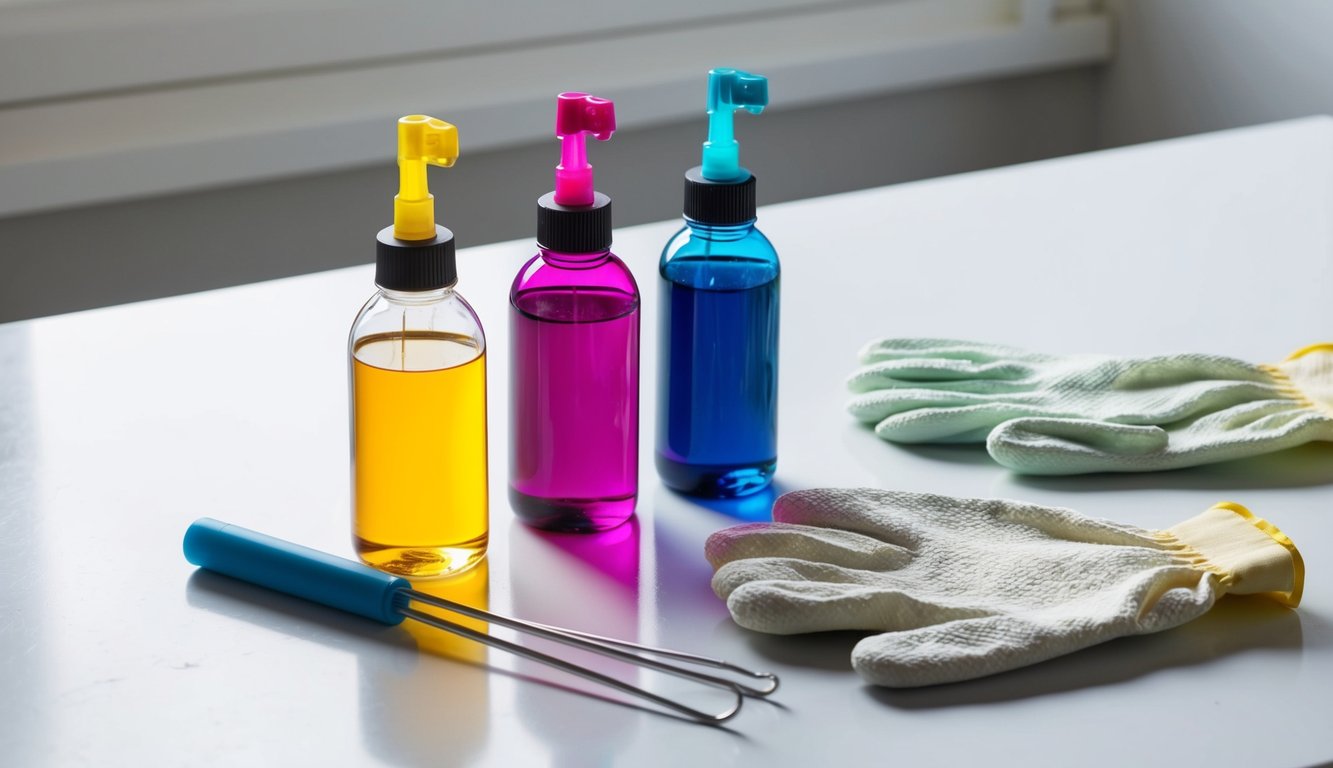
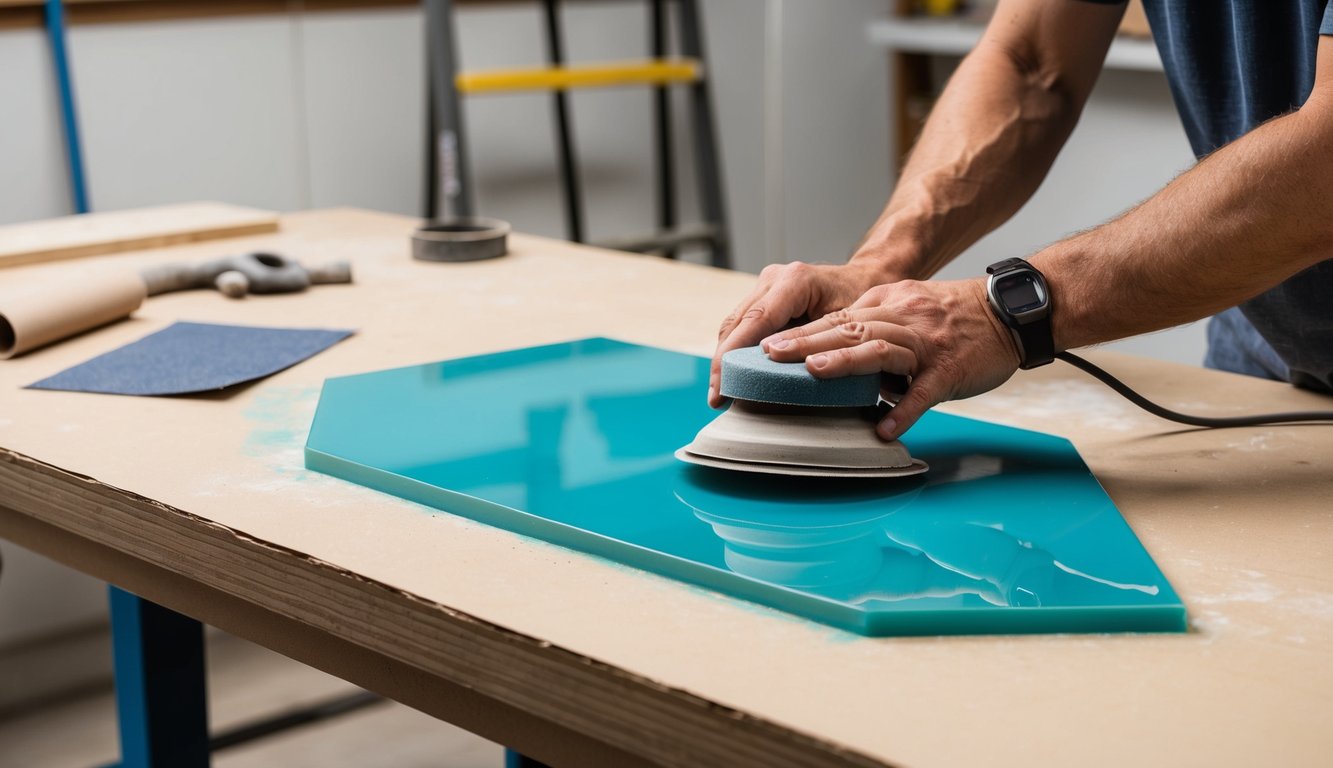
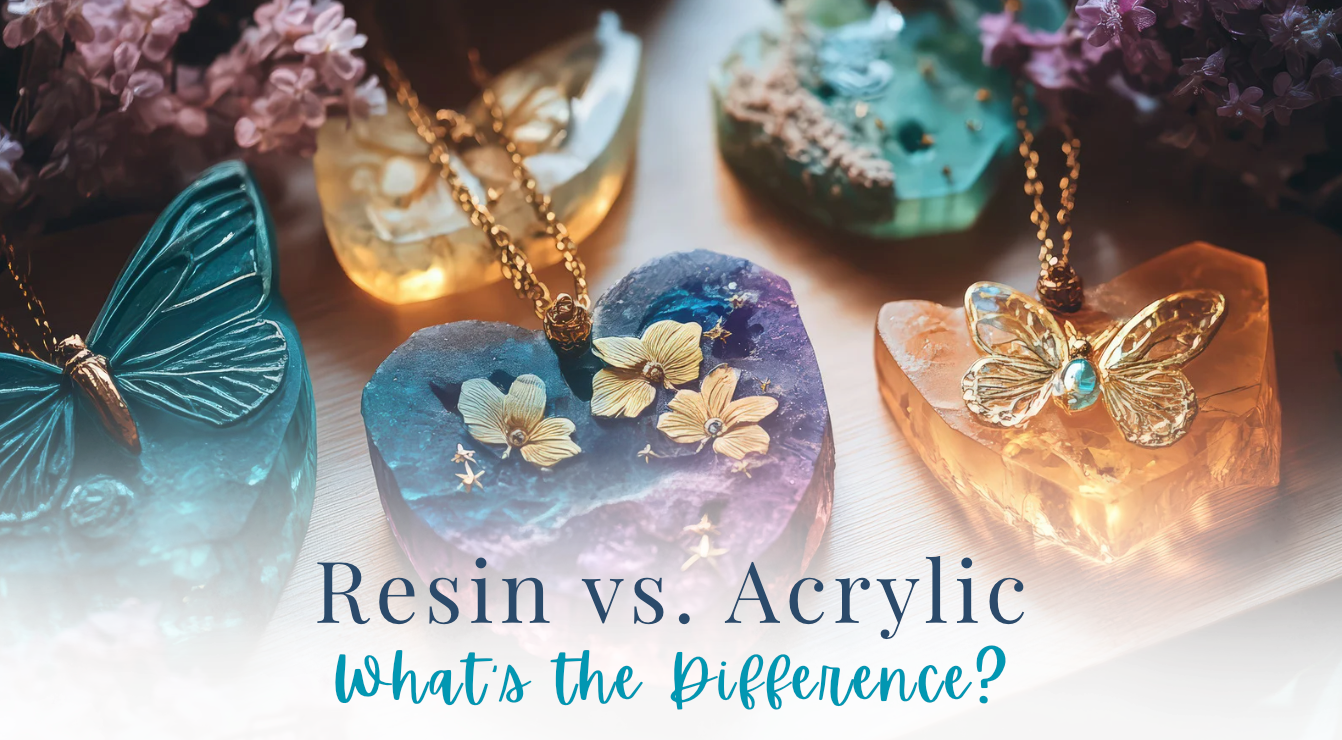
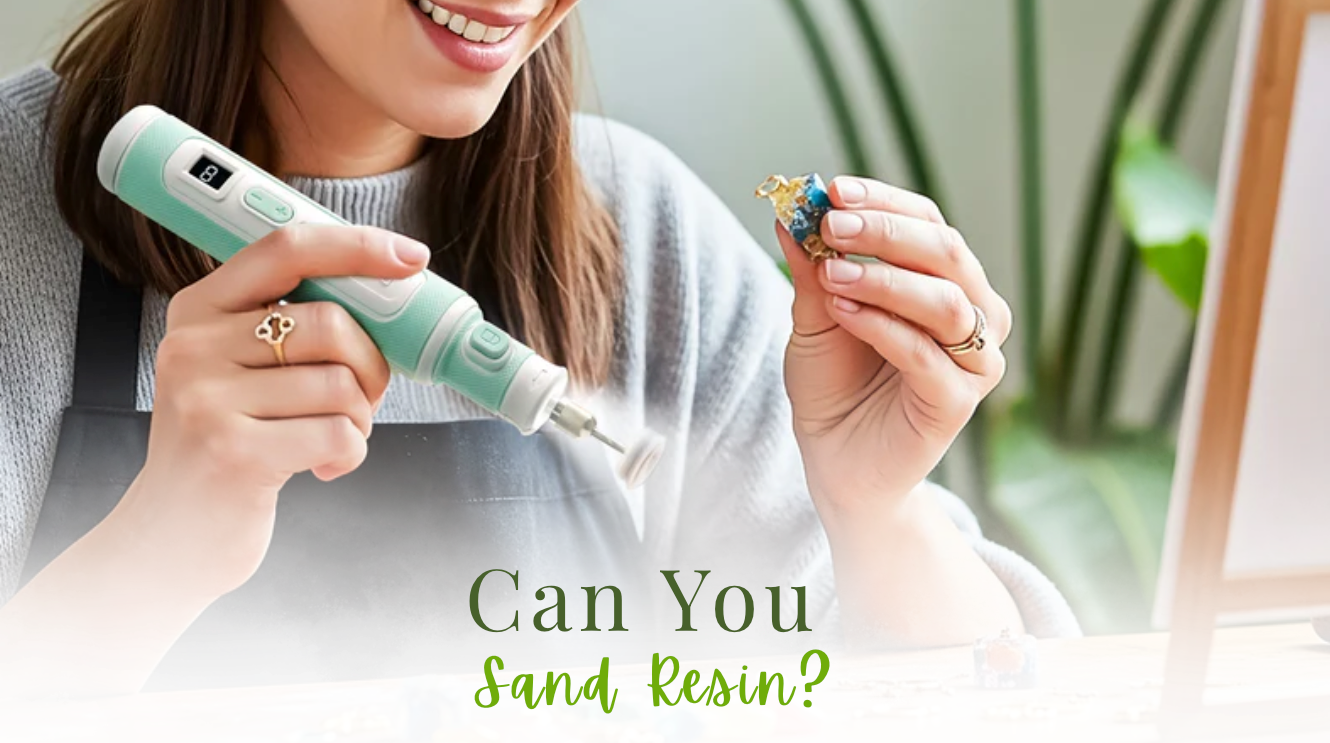
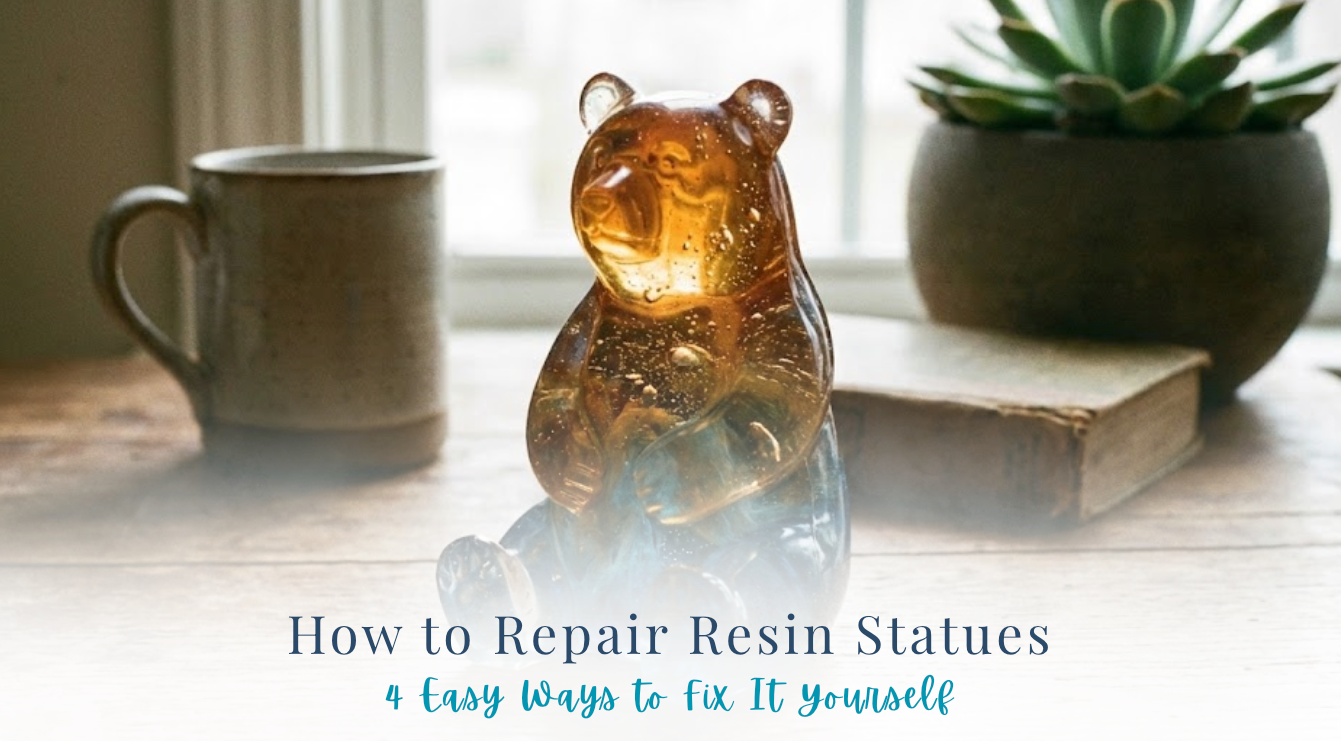
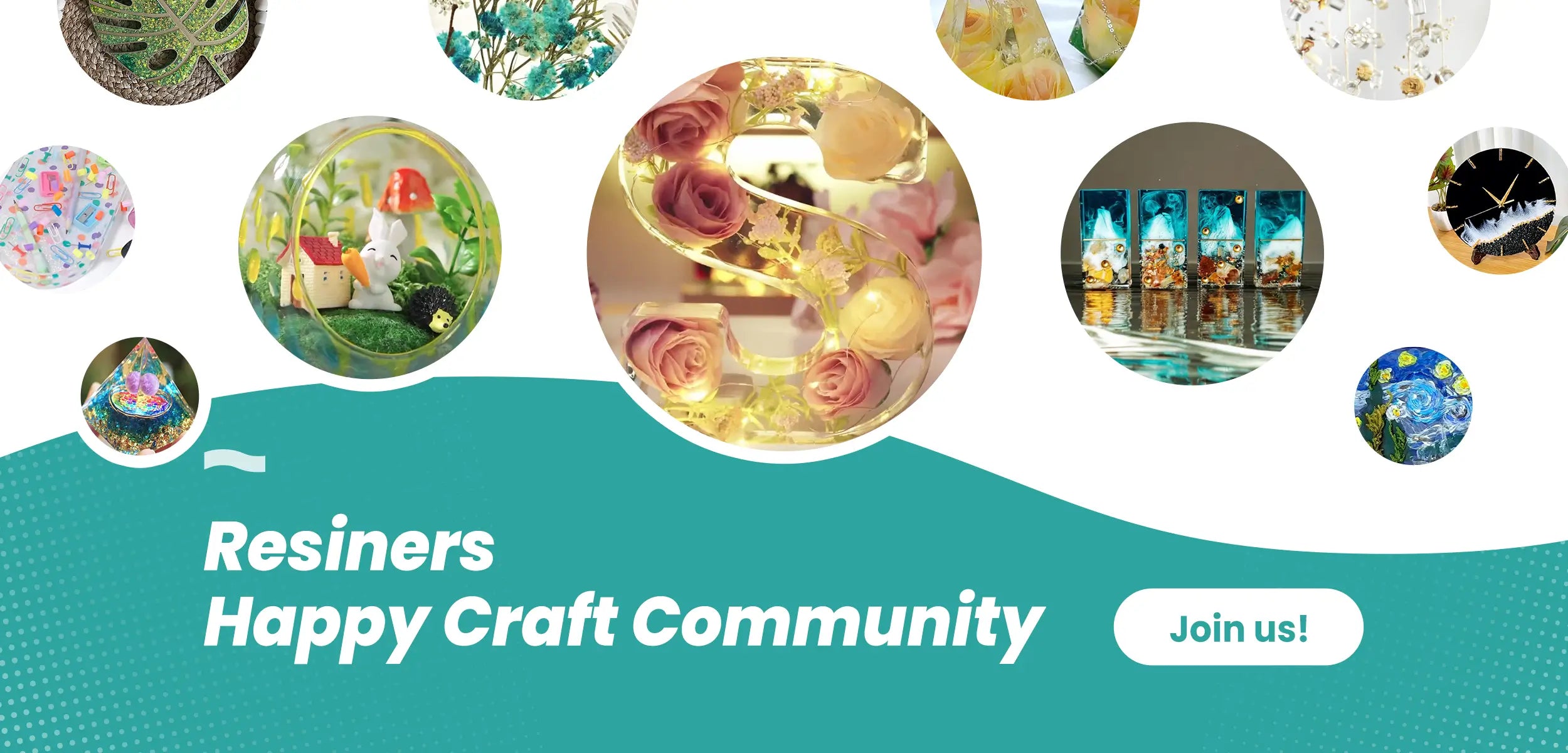
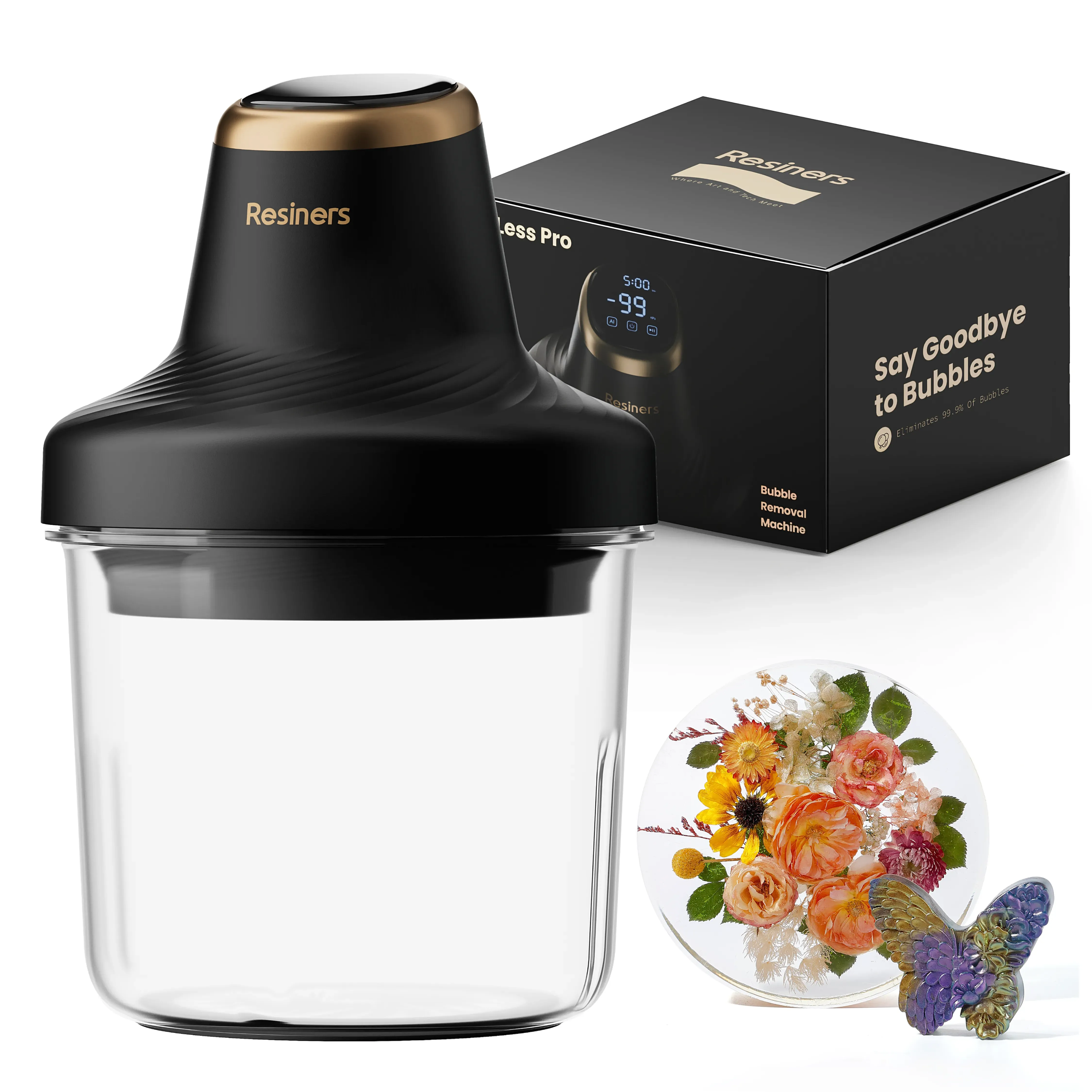
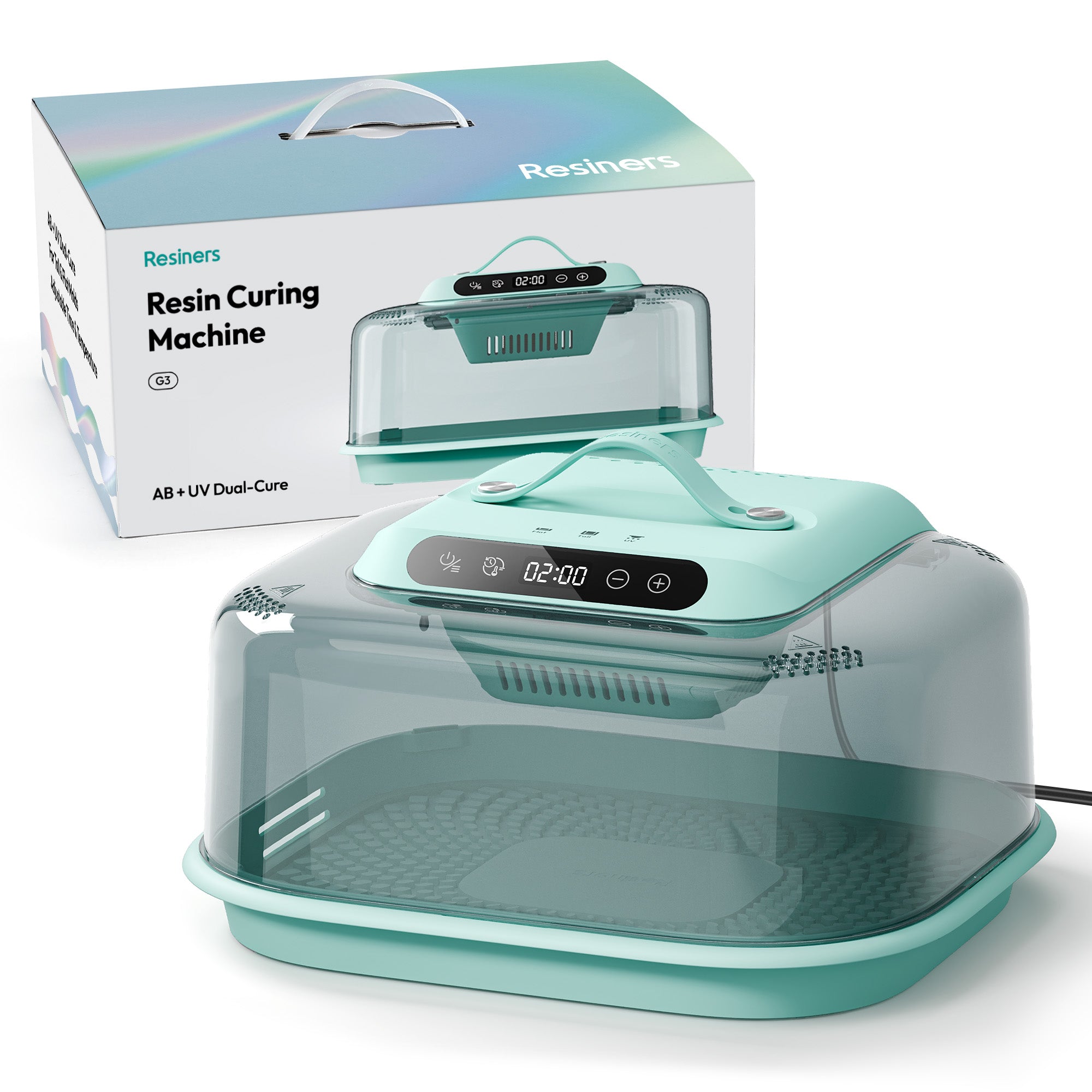
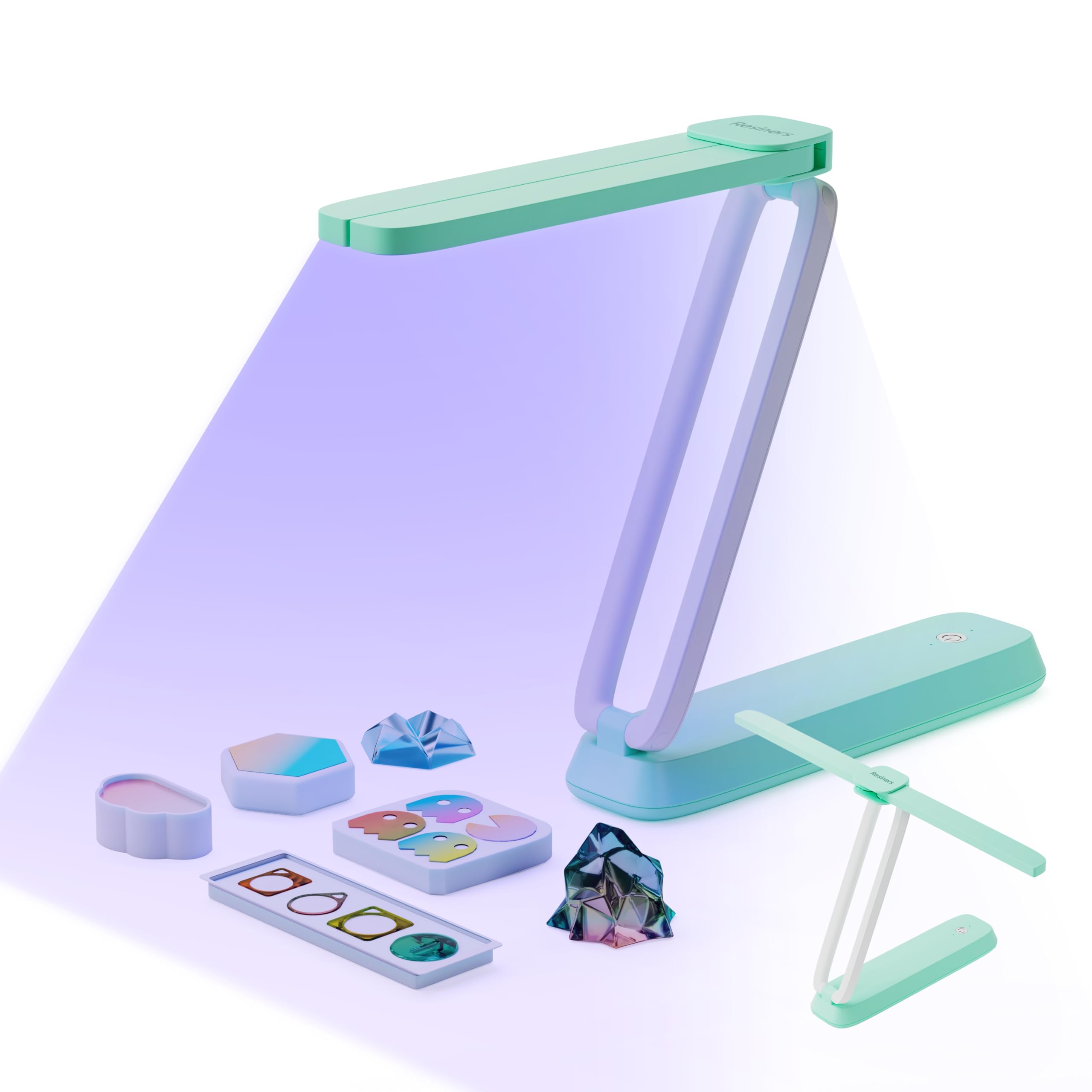
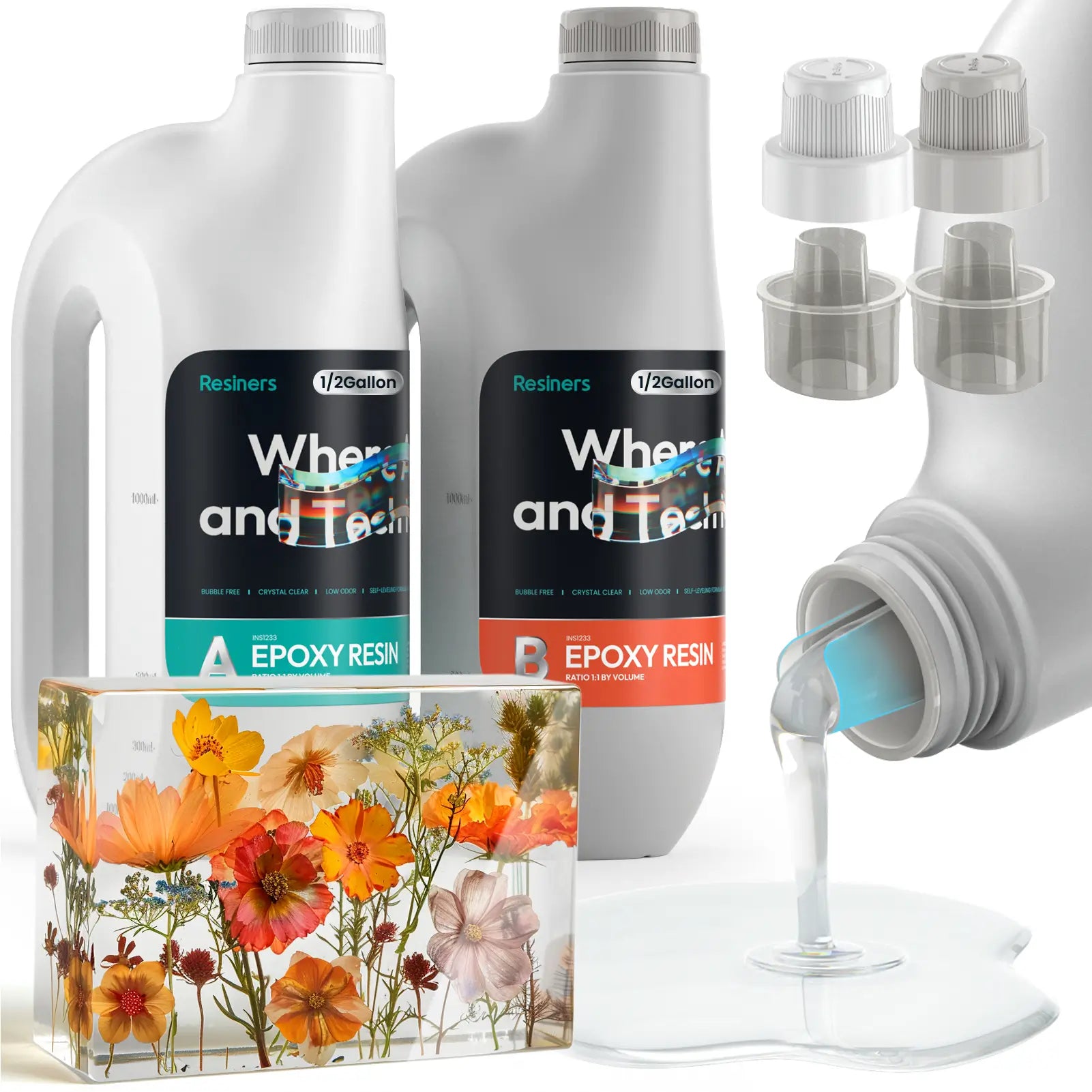
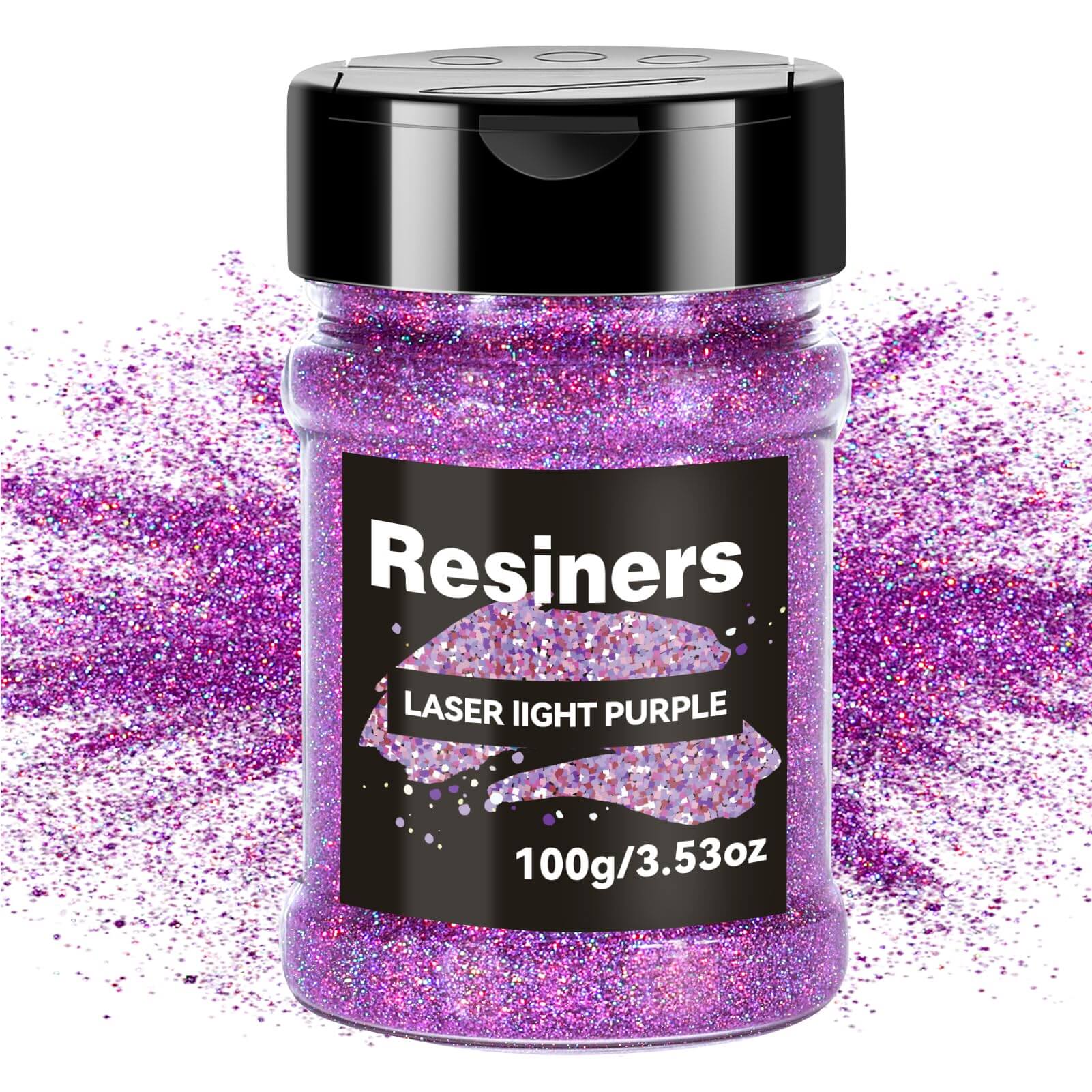
اترك تعليقًا
This site is protected by hCaptcha and the hCaptcha Privacy Policy and Terms of Service apply.